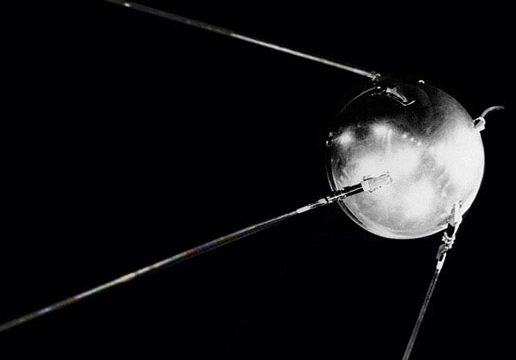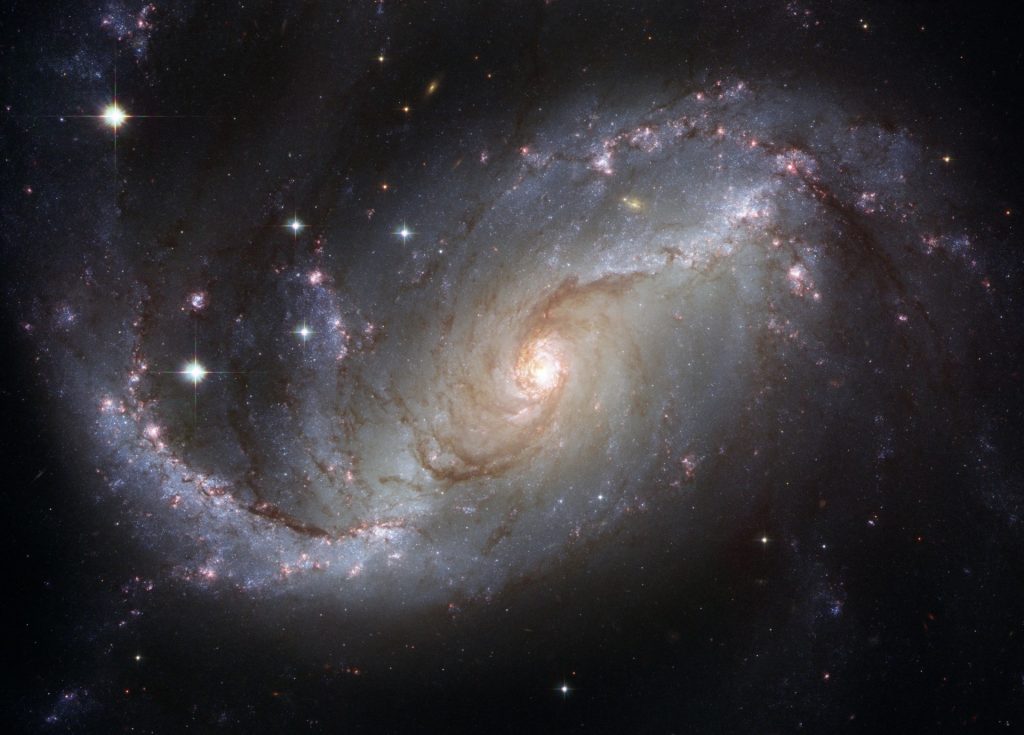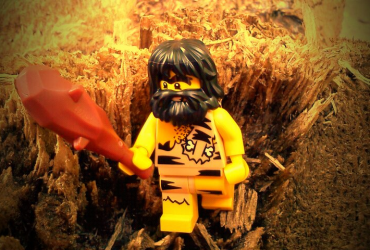Hi, my name is James and welcome to Code/Switch. Today I want to talk about atmosphere in space. The vast expanses of space in general have too few atoms in them to have anything like an atmosphere, but atmosphere can be found around celestial bodies. Today on Code/Switch I’m going to examine how atmosphere collects around celestial bodies.
This topic isn’t really in line with my previous Starfinder articles, which usually relate to dying horribly in space. This came up after a player in my Starfinder group remarked that the planetoid they’re on is way too small to have an atmosphere. I accepted it and moved on, but hopefully this research also helps with your own galaxy-building.
How Do You Get Atmosphere Anyway?
Light some candles and put on some slow jams, duh! To give celestial bodies atmosphere, some things have to happen before you can accumulate that sweet, sweet gas. Your celestial body has to possess mass, the specific amount of mass is highly variable and depends on its distance from its sun, its surface gravity, and if the body possesses a magnetic field. Your celestial body then has to find a way to acquire gas; this can be done by the sublimation of frozen material, the boiling of liquids, the breakdown of organic components, various chemical reactions, or delivery of material via impact. So, now that an icy comet has landed on your planetoid, it can melt/boil/sublimate you a breathable atmosphere right?
Awww, But I Love Atmosphere, Can We Keep It?
Sometimes, other times it just gets shot into space. At an atomic level, everything is vibrating. Gasses have some properties that occasionally keep the cloud together, but gasses usually act like fluids and wanna fill their entire space, doesn’t matter if it’s a jar or the dark void of space. If the gasses energy is high enough, it’ll just fly off the celestial body if it doesn’t have a high enough surface gravity. Atmosphere can also be sloughed off by solar winds if there isn’t a force like a magnetic field to help minimize solar winds effects. These factors generally make planetoids smaller than dwarf planets unlikely to contain atmospheres, but this is science darn it, and there’s always an exception to these rules!
A Gasp of Hope
The dwarf planet Pluto has an atmosphere, despite it only having a mass equivalent to 1/458.7th that of Earth. Its atmosphere is very light, 100,000 to 1 million times less dense than earths. During warm periods stuff unfreezes and Pluto’s atmosphere becomes only x10 less dense than Earths. Pluto’s not the only special Dwarf Planet, the dwarf planet Ceres that has a mass of 1/6,666th that of Earth also generates gasses and has a thin atmosphere. Neither of these atmospheres are breathable as the density of gasses aren’t high enough, but a few of those positive tweaks could change that.
Most surprisingly when I was doing the research for this article, I learned the rings of Saturn have an atmosphere. Saturn’s rings are mostly made of water with some dust and nail clippings, and that water sublimates due to solar radiation. That water is then split into hydrogen and oxygen molecules from that same solar radiation. The hydrogen leaves the nest and gets a bachelors pad, but the now free oxygen floats around until it freezes again. Funnily enough this is the same situation in which my player said atmosphere was impossible, surrounded by a ring of debris.
Hopefully this was as enlightening for your world building as it was for mine. Games like Pathfinder and Starfinder always have that fantastical aspect of “a wizard did it” which can hand-wave non-realistic conditions, but it’s always neat to have your fantasy contain some “truth is weirder than fiction” material. Feel free to hit me up with your planet/solar system building in the comments below or at our Know Direction Discord Server.









